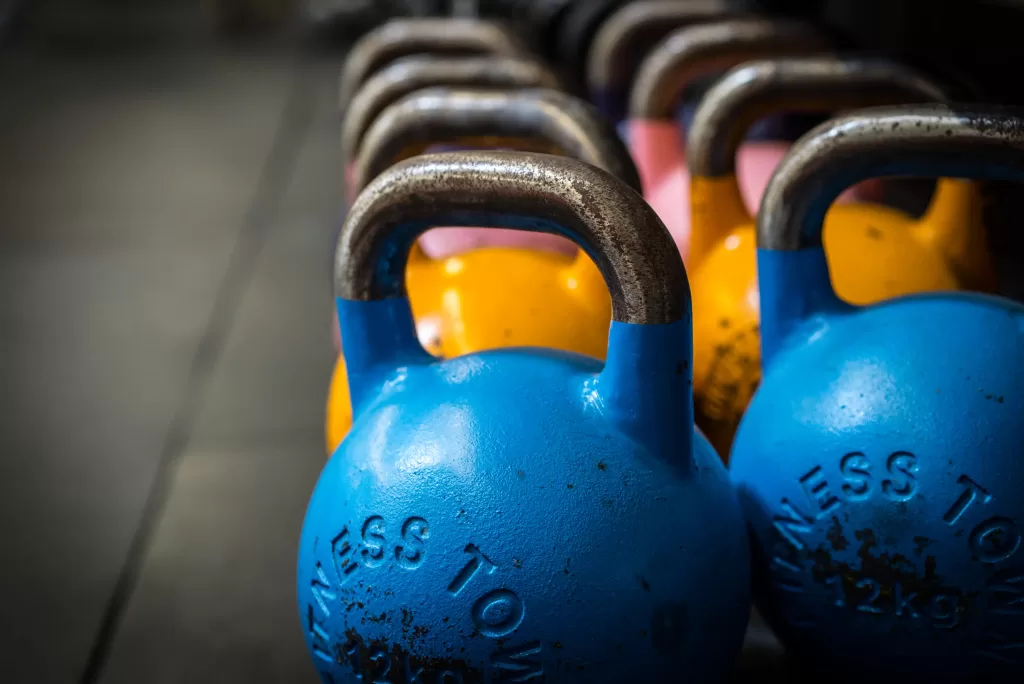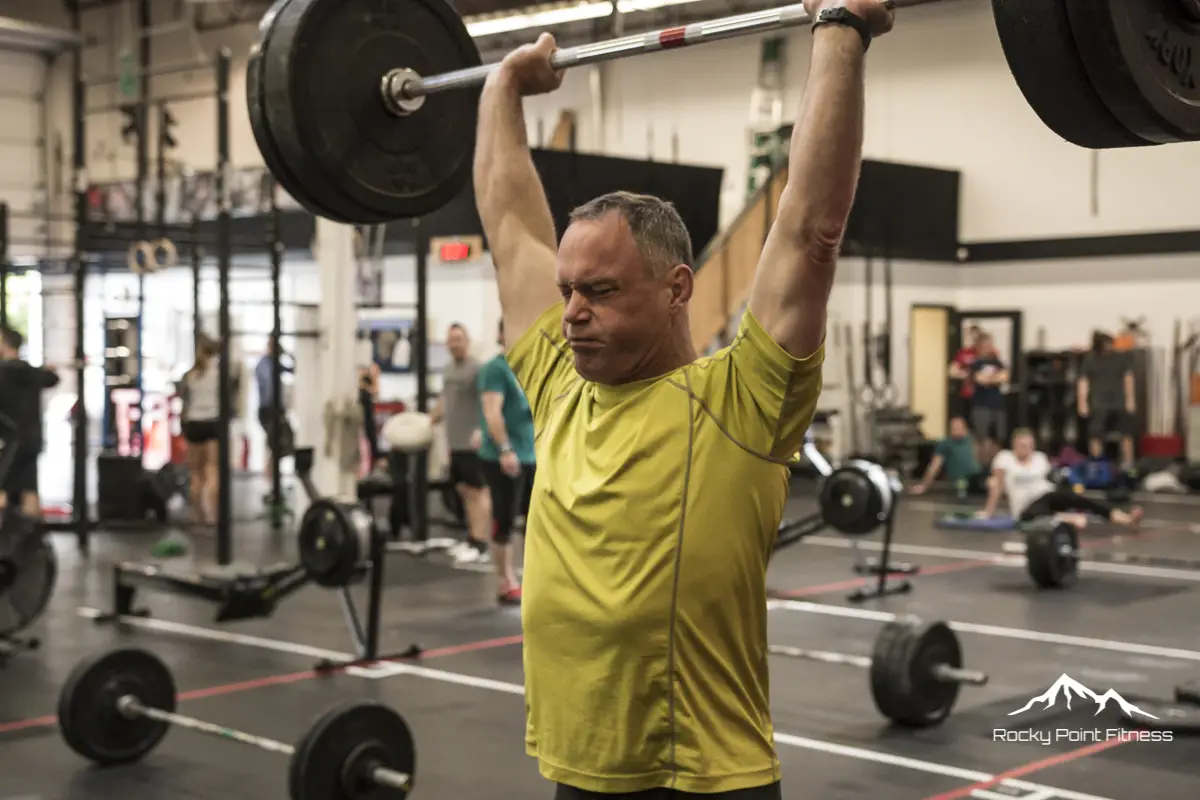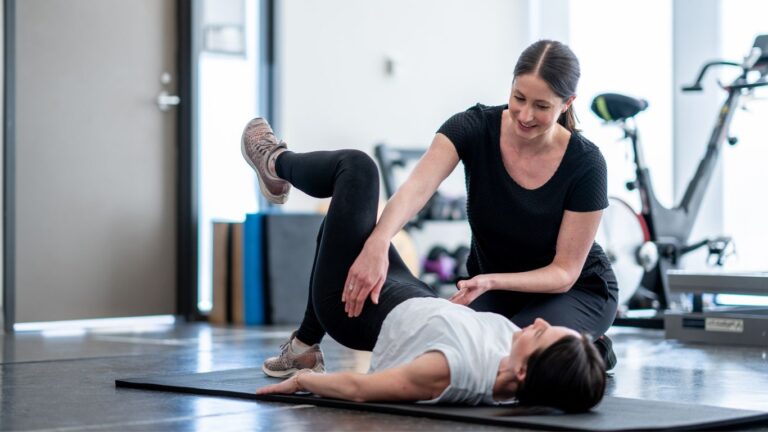The Importance of Exercise for Injury Prevention and Recovery
At Coquitlam Wellness Centre, we understand the power of exercise for both injury prevention and recovery.
In our daily practice, we see how a lack of physical activity can lead to muscle weakness and joint instability, which increases the risk of injury.
Injuries, whether they’re sports-related or from everyday activities, can disrupt our lives and sideline us from the things we love doing. Regular exercise, however, can help prevent these setbacks. By strengthening our muscles, improving our flexibility, and enhancing our balance, we can protect our bodies and reduce the risk of injury.
But what if you’re already dealing with an injury? Here’s where exercise comes in again. Specific exercises can aid in recovery, helping restore strength and mobility, increase circulation to speed up healing, and reduce pain and swelling. That’s why we recommend staying active during your recovery.
Exercise for Injury Prevention
Preventing injuries is better than treating them. By incorporating specific exercises into your routine, you can keep your body resilient and reduce your risk of getting hurt.
Strengthening Muscles to Prevent Injuries
Strong muscles are less likely to succumb to injuries. When your muscles are strong, they can absorb the impact and stresses that come with physical activity, protecting your joints in the process. This is especially important for weight-bearing joints like the knees and hips.
Resistance training is an excellent way to build and maintain muscle strength. It involves performing exercises against resistance, which can be your body weight, dumbbells, resistance bands, or gym machines. By regularly challenging your muscles, you stimulate them to grow stronger, providing better support for your joints and reducing your risk of injuries.
RELATED READING: Dissecting The Research – Is Exercise Therapy Effective In Solving Your Knee Pain?
Improving Flexibility to Avoid Injuries
Flexibility is another crucial aspect of injury prevention.
When your muscles are flexible, they can move freely and efficiently. This reduces the strain on your joints and decreases your risk of sprains and strains.
Regular stretching is the key to improving flexibility. Dynamic stretches, which involve moving parts of your body through a full range of motion, are great for warming up your muscles before exercise. On the other hand, static stretches can be effective for cooling down after exercise.
The Role of Balance and Stability in Preventing Injuries
Good balance and stability help you maintain control of your body during movement, reducing your risk of falls and related injuries. This is particularly important for older adults, as falls are a common cause of injuries in this age group.
Balance exercises can help enhance your stability and prevent falls. Regularly incorporating balance exercises into your routine can help you stay steady on your feet and avoid injuries.
RELATED READING: Movement Really is the Best Medicine

Exercise for Injury Recovery
When an injury occurs, exercise becomes even more critical. It plays a vital role in the recovery process, helping restore strength and mobility, increase circulation, and reduce pain and swelling.
Restoring Strength and Mobility
Post-injury, it’s common to experience muscle weakness and restricted mobility due to disuse.
Exercise, particularly rehabilitation exercises guided by a physiotherapist or a trained professional, can help restore strength and mobility. These exercises are often tailored to the specific injury and gradually increase in intensity as your recovery progresses. They aim to rebuild muscle mass, improve joint flexibility, and restore normal function, allowing you to return to your daily activities or sports safely.
P.S. Do you need physiotherapy, chiropractic care, or massage therapy in Coquitlam? Come visit us at Coquitlam Wellness Centre.
Increasing Circulation for Aiding Recovery
Exercise increases blood flow to your muscles and joints.
This enhanced circulation delivers more oxygen and nutrients to the injured area, promoting healing. Plus it helps flush out waste products, further aiding the recovery process.
Gentle movements and low-intensity exercises can be particularly beneficial in the early stages of recovery when the injured area may still be sensitive.
Reducing Pain and Swelling Post-Injury
Exercise can also help manage post-injury symptoms like pain and swelling.
First, certain exercises can stimulate the release of endorphins, the body’s natural painkillers, reducing pain perception. Additionally, exercises that promote circulation can help reduce swelling, a common symptom after an injury.
It’s important to note, though, that these exercises should be performed under guidance and within comfort limits to avoid aggravating the injury.
All in all, exercise is not just about prevention – it’s a powerful tool for recovery as well.
With the right approach and proper guidance, exercise can help you bounce back from injuries stronger and more resilient. But remember that every injury and individual is unique, so what works for one person may not work for another.
Physiotherapy and Exercise Therapy in Coquitlam
Exercise plays a pivotal role in both preventing injuries and aiding recovery.
However, the road to a healthier, more active life is not always straightforward. It requires consistency, effort, and often some guidance. Maintaining a regular exercise routine can be a challenge, but the benefits it brings to your health and wellbeing are well worth it.
If you’re unsure where to start or need assistance in managing an injury, remember that help is available. At Coquitlam Wellness Centre, our team of experienced professionals is ready to guide you through your fitness journey. Whether you’re looking to prevent injuries, recover from one, or simply improve your overall health, we’re here to support you every step of the way.
Don’t put your health on hold. Reach out to us at Coquitlam Wellness Centre today and let us help you live your healthiest, most active life.
Sources:







